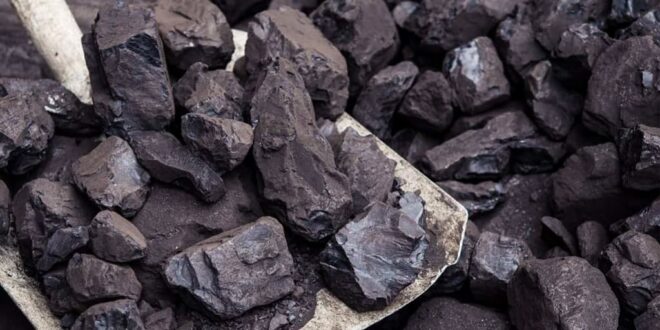The world’s second-biggest coal company is looking to get out of the coal business. For years now, Glencore has stayed stalwart in its dedication to the coal sector, reaping the benefits as other companies have dropped out of the market under increasing pressure to phase down and phase out the world’s dirtiest fossil fuel. But now the company is preparing for its own exit from the coal sector, signaling that coal’s terminal decline could be just around the corner.
Late last month the coal giant, based in Vancouver, British Columbia, inked a multibillion-dollar deal that agrees to purchase the coal business of Canadian mining firm Teck Resources – and then get rid of all its coal mines, in what the Wall Street Journal called “a move that represents the company’s biggest strategic shift in years.” So why buy the coal business in the first place? To facilitate a smooth and lucrative exit from coal so that the company can finish its ongoing pivot toward being a metals transition company – and make a whole heap of money in the process.
The deal will allow Glencore to combine its own significant thermal coal business with Teck’s metallurgical coal assets, all of which will be packaged together and sold off as a stand-alone coal business within two years of the deal at an insane profit. “Some analysts estimate the new coal company could be worth between $22 billion and $35 billion when it lists,” the Wall Street Journal reports – “a far higher valuation than even the largest U.S. coal companies.” The company will be listed in New York, as Glencore Chief Executive Gary Nagle believes that “U.S. investors are more pragmatic and focused on returns compared with Europe, where decisions seem more influenced by environmental, social and governance concerns.”
Coal’s decline cannot be attributed to corporate social responsibility and general do-goodery, however. One of the key drivers of flagging coal demand is the tapering off of China’s economic growth. The country, which has an outsized presence in all global energy markets, and especially so in coal markets, has reached its own economic inflection point after decades of breakneck economic growth and rapid-fire infrastructure additions. According to EIA projections, “if China’s near-term growth were to slow by another percentage point, this would reduce 2030 coal demand by an amount almost equal to the volume currently consumed by the whole of Europe.” For companies like Glencore, the writing is on the wall. The world will continue to consume plenty of coal over the next decade or so, but at a continuously decreasing rate – not great for business.
Going forward, Glencore plans to focus on the metals that are expected to power the green energy transition. The green energy revolution is fueling a modern-day gold rush for key rare earth minerals and metals that are foundational to the infrastructure needed for solar panels, electric vehicle batteries, wind turbines, and more. The scale of the coming demand is enormous. The International Energy Agency (IEA) projects that global renewable capacity additions will grow by a whopping 107 gigawatts (GW) to reach more than 440 GW in 2023, the largest absolute increase ever. At the same time, electric vehicle sales are expected to expand by 35% by the end of this year to reach 14 million, in an increase that the IEA has called “explosive.”
Cornering the largely as-yet untapped rare earth minerals market presents a major economic opportunity, and countries around the world are currently racing to shore up supply chains and acquire reserves as quickly as possible. Demand for elements such as cobalt and lithium is already soaring – and Glencore wants to be the key supplier. “We have some of the best future-facing metals in the world,” Nagle said this past week, referring to Glencore’s nickel, copper, cobalt and zinc assets. “This will be the go-to metals transition company in the world.”
Glencore has long been considered as one of the last bastions of coal investing, and its exit from the industry is indicative of much larger market forces that will soon make coal an unprofitable pursuit. The International Energy Agency’s new World Energy Outlook 2023, their flagship annual report, predicts that coal consumption will peak by 2030. This marks a major turnaround and a hopeful milestone for climate goals coming off of a banner year for coal brought on by the European energy crisis. The transformation of a coal company into a green energy supplier is a strong symbol of the unstoppable tide of the ongoing global energy industry transformation.

 Iran Energy News Oil, Gas, Petrochemical and Energy Field Specialized Channel
Iran Energy News Oil, Gas, Petrochemical and Energy Field Specialized Channel



